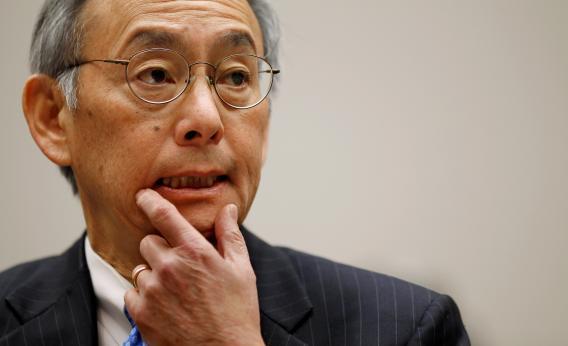In The Atlantic, Jordan Weissmann surveys the green-energy wreckage in the wake of the latest bad news about battery-company A123. He points out, rightly, that President Obama set up impossible expectations for his green technology investments by pitching them as job-creation tools rather than as part of a forward-looking energy policy.
He’s also right that this will continue to fuel the debate over whether the U.S. government should spend taxpayer money to boost private-sector firms like A123 and failed solar startups Solyndra, Beacon Power, and Abound Solar. Indeed, House Republicans tomorrow will discuss proposed legislation that would bar the DoE from making any more loan guarantees. (A123’s backing actually came in the form of a grant, not a loan, but its struggles are sure to play into the discussion.)
But Weissmann adds one point that I disagree with, and that I think reflects a broader misconception about the DoE’s loan guarantees:
This certainly underscores the fact that those of us who believe the government has a place in supporting innovative, somewhat speculative industries need to have a high tolerance for risk—more so perhaps than your average VC fund.
Backing green energy startups requires a tolerance for risk, yes. But did the government really take on more risk your average VC fund? When I asked Weissman about this point via Twitter, he replied that companies like A123 and Solyndra “aren’t going to get VC funding for a reason. That said, you can still argue they’re a national priority.”
The problem with that argument is that these companies did get VC funding—and lots of it. Solyndra raised more than $1 billion from private investors, making it one of the largest VC losses in history. At the time that the Obama administration approved the bulk of its backing for the company, Solyndra was still planning an IPO.
Abound Solar, meanwhile, got at least two rounds of venture capital. And Beacon Power and A123 Systems were/are publicly traded companies, with thousands of private investors each. It’s simply not true that these were such risky bets that no one but the federal government would back them.
On the whole, the DoE’s failure rate remains lower than that of the venture capital industry, which is often upwards of 50 percent, depending on what stage of investment the fund focuses on. The DoE has seen just a handful of failures out of dozens of investments.
The important difference between the DoE’s portfolio and that of a VC fund isn’t the failure rate, but what happens when there’s a success. When a VC investment hits the jackpot, the VC cashes in, covering the losses it sustained on the bad bets. When a DoE loan recipient succeeds, though, the federal government just gets its money back. The company itself keeps the profits, while (theoretically) the alternative energy industry as a whole benefits from the technological leaps. And, if it all works out, some environmental benefits redound to the nation and the world at large.
Whether that’s worth the risk is a valid question. But let’s not make the risks out to be even greater than they were.
